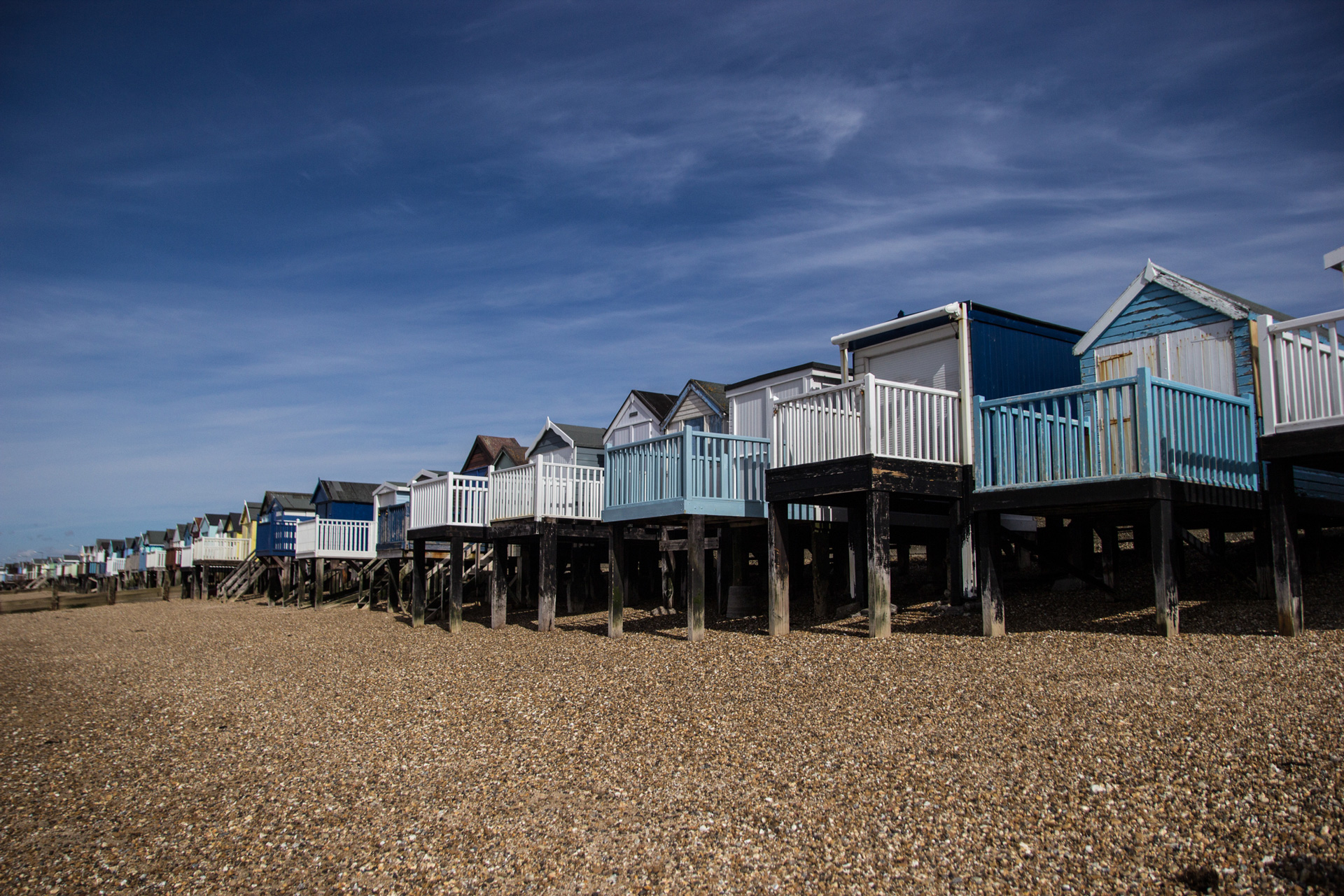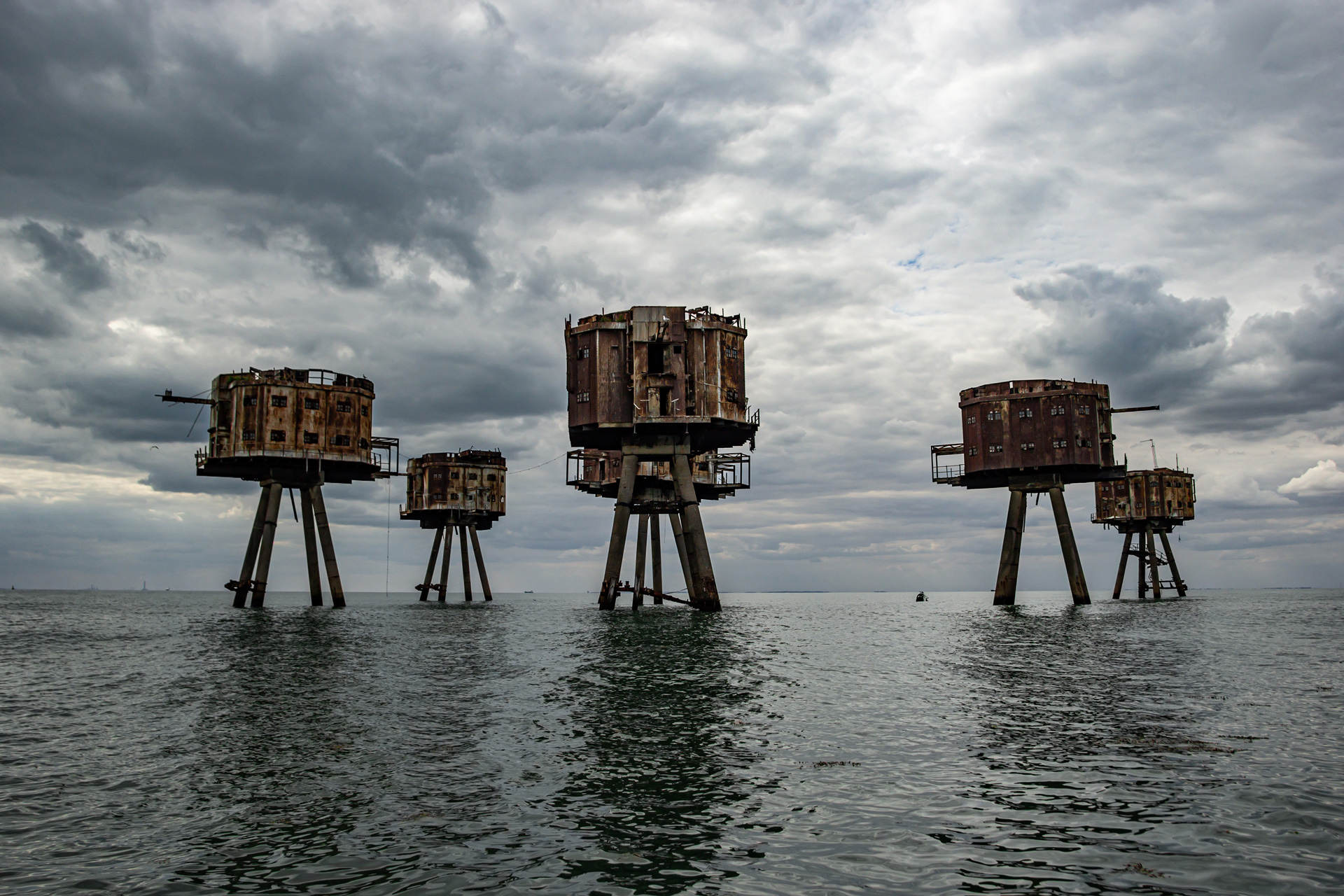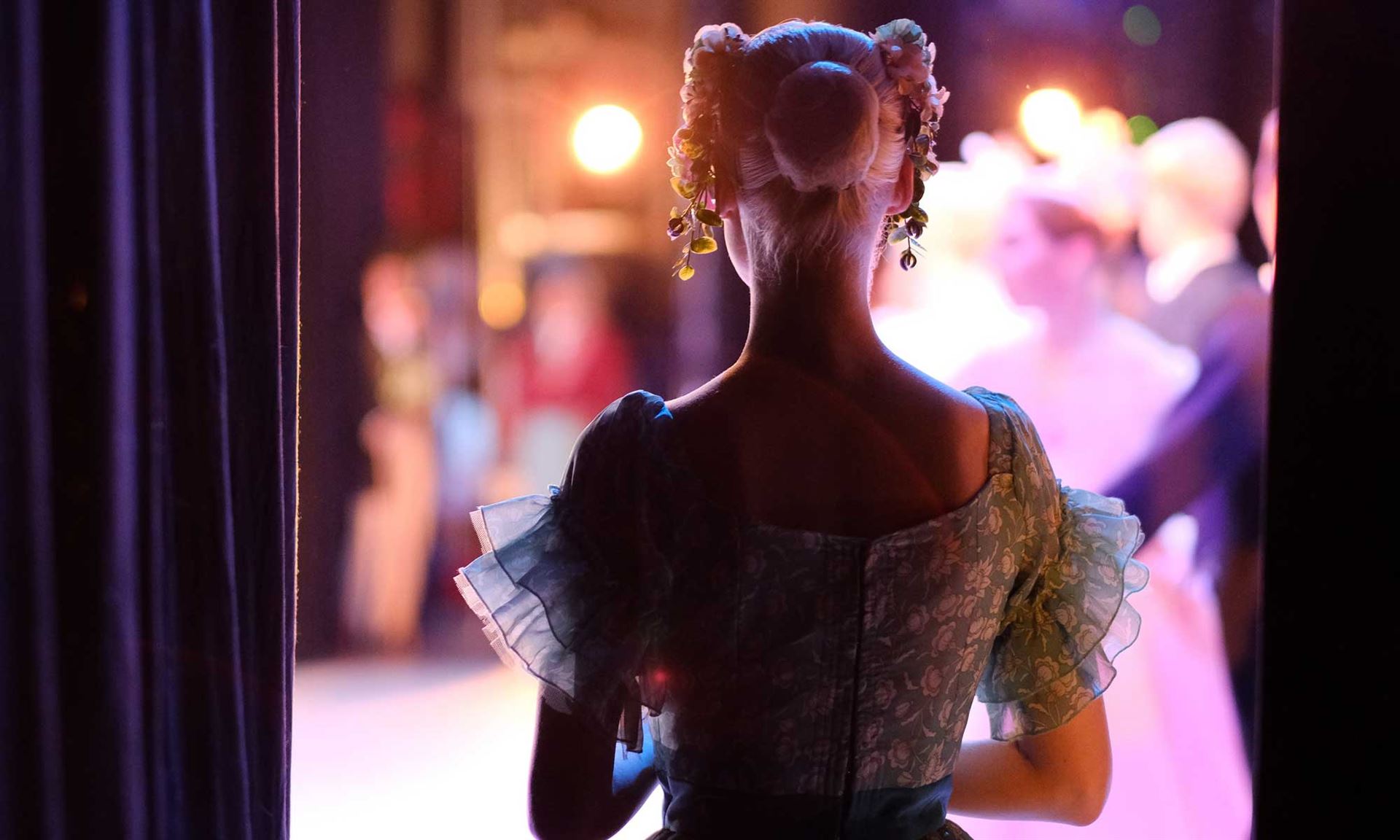SECTION 5:
EVIDENCE
SECTION 5:
EVIDENCE
Best practice examples
Many places are already planning successfully for cultural infrastructure and the creative industries. This section highlights a selection of examples that emerged from the research undertaken to inform this toolkit and provide useful reference for any local authority or development corporation in England looking to plan more effectively for cultural infrastructure.
Over seventy Development Plans and other policy documents were reviewed in detail as part of this research. The following emerged as examples of best practice.

Cultural asset audit/ mapping/ evidence base
London
Culture Infrastructure Map (Mayor of London, 2022)
An evolving interactive digital mapping of all cultural assets across London. Also enables users to view cultural infrastructure alongside useful contextual data, like transport networks and population growth.
West Midlands
West Midlands Cultural Infrastructure Map (West Midlands Combined Authority, 2021)
An interactive digital map of over 2000 physical spaces across the sub-region of cultural and creative infrastructure. Designed as an evolving tool that captures new spaces as they emerge, underpinned by a robust methodology and shows capacity of venues and other useful information such as local audience and demographic profiles.
Coventry
Clear analysis with useful culture SWOT – driving strategy development and priorities.
Cornwall
Cornwall 365 (a Cornwall Cultural Tourism Network)
Mapping intangible cultural heritage across Cornwall from Cornish language, feast days and festival to theatre – currently underway.
Culture Strategy or Place Vision
Action orientated and linked to land use delivery and planning tools:
Cornwall Council
White Paper for Culture, 2012, revised 2016
Identification of strengths and gaps to fill, small number of clear priorities (Transformational Projects) aligned with the Cornwall and Isles of Scilly Growth Programme. Outlines a cultural investment programme with outcomes and impacts. Culture Investment Board established to join up funding and funders – a focus on partnerships.
Milton Keynes
Well-developed priorities and a strong delivery schedule linked to planning policy actions and MK Futures 2050.
Colchester
Delivery focused and practical (rather than just aspirational) – strong links to practical delivery using established delivery mechanisms e.g., Town Deal and city centre regeneration initiatives.
Tallin City (Estonia)
Tallin 2035 Development Strategy
A city development programme with a strong Cultural theme throughout – exemplar of City Leadership.
Kent
One of the better Cultural Strategies. Clear priorities and clear actions. Many actions have clear infrastructural, land use planning, development linkages – clear ‘we wills’ to embed culture and the creative economy firmly within Kent planning frameworks and new developments and integral to successful communities.
Thamesmead
Thamesmead Cultural Infrastructure Plan, 2020, Peabody
An unusual plan and delivery programme produced by Peabody - aimed at protecting and enhancing cultural infrastructure for a growing new(ish) growing community. Strong evidence-base with clear links between growth and cultural provision. Strongly recognises the role of forthcoming development sites in the delivery of new cultural and creative uses – from live-work housing and low-cost accommodation for artists to large scale creative production spaces and a cultural centre at Thamesmead Waterfront.
Local Plan with distinct cultural chapter or section
Fed from clear evidence base, cultural leadership, policy context:
Greater Manchester
Greater Manchester Draft Joint Development Plan, 2021
A strong visionary plan with contemporary, extensive and joined up cultural policies – forms a context for Borough Local Plans.
Salford
Takes the Gtr. Manchester Joint LP to the local stage. A distinct culture section, clear culture policy justification and detailed policies.
Milton Keyes
Milton Keynes Local Plan – Plan MK 2016 – 2031(2019)
A dedicated Cultural section – most extensive of any Local Plan examined, particularly re Public Art. Clearly based upon the evidence-base and policy context established by the MK Futures 2050 report and the MK Cultural Strategy (2018-2027) – gives culture a priority status in policy and development.
London
Mayor of London – a dedicated and well developed and current culture section and policies – providing strategic policy guidance for Borough Local Plans should include as policies.
Wandsworth
Wandsworth Local Plan – Pre-publication 18 Consultation Version 2020
A current and distinct Arts, Culture and Entertainment section and policy. Outlines specific emerging cultural centres. Requirement for developers to produce an Arts and Culture Action Plan as part of applicable developments. References the Wandsworth SPD on Planning Obligations.
Nottingham
Nottingham Local Plan pt2 2020
A specific and detailed policy and justification for cultural quarters – ‘Canal Quarter’, ‘Creative Quarter’, ‘Castle Quarter’ and Royal Quarter’, plus specified policies and justifications for regeneration quarters that include cultural requirements.
York
York City Local Plan (draft review 2018)
An unusual but very contemporary approach – a combined Local Plan theme / chapter ‘Place-making, Heritage, Design and Culture’. Culture acknowledged as having value to the plan. Strong and clear cultural policy that’s more contemporary than most plans. New developments need to produce a ‘Cultural Wellbeing Plan’ outlining how the development need the cultural policies as set out in the Plan. Clear policies for key development / regeneration zones with cultural facilities (new and existing) and place-making proposals – particularly for ‘York Central’.
Melbourne
Melbourne City Plan (AUS) – Plan Melbourne 2017- 2050
A more visionary planning policy document. Culture covered in: ’Distinctive and Liveable City’ section and the ‘Inclusive, Vibrant and Healthy Neighbourhoods’ section. Includes a 5-year Plan Melbourne Implementation Actions schedule as a separate document. Produces useful annual plan delivery progress reports.
Westminster
Westminster City Plan, 2019 – 2040, 2021
A Development Plan that specifically defines Special Policy Areas (Soho, Mayfair and St James’s, Harley Street and Savile Row) with specific policies that seek to protect and enhance the unique character and clusters of uses found in these areas.
Planning Obligations SPD
With clear obligation triggers and charges for cultural facilities (enhanced existing and new provision):
London Borough of Wandsworth
Wandsworth – Planning Obligations SPD, 2020
A strong visionary plan with contemporary, extensive and joined up cultural policies – forms a context for Borough Local Plans.
London Borough of Hackney
Hackney – Planning Contributions SPD, 2020
Considers issue of replacement of cultural facilities on site or contributions to address loss, provision or public art in major development schemes and the provision of affordable workspace (has been successfully used to provide affordable creative studios).
Information and guidance linking land use planning and culture
An A-Z of Planning and Culture
An A-Z of Planning and Culture – Mayor of London, 2015
a really useful information document – this highlights the practical planning tools to help deliver culture with case studies – for councils, planners, community groups, and people involved in cultural bodies.
Cultural Strategy in a Box
Cultural Strategy in a Box – Local Government Association, 2020
A really helpful information document that outlines the importance of culture. Drawing on good practice and case studies from across England, this guide provides key lessons and guidance on creating a cultural strategy tailored towards place – underlines the need for collaboration and baseline asset mapping.
Using public sector land and asset ownership to deliver cultural proposals, regeneration and image change
Warrington Town Centre Masterplan
Warrington Town Centre Masterplan – Warrington Borough Council, 2020
The informal Warrington Town Centre Masterplan outlines a series of development and regeneration quarters together with a dedicated cultural theme. The proposals for the quarters contain transformational cultural projects that together reinforce and enhance the town centre as a cultural destination. The Local Plan has embedded the Masterplan’s proposals through its various revisions.
The Council is a key land asset owner in the town centre and has used this ownership to and forge partnerships and joint projects with developers to deliver the key cultural projects using the flexibility of more informal development briefs and masterplans and using a determined and opportunist approach to funding and the commercial use of council assets.
Chester One City Plan
Chester One City Plan – Cheshire West Council, 2012
The One City Plan is a 15 year strategy to guide the future regeneration of the city with a focus on the wider city centre. The plan is an informal strategy but has been embedded into the Local Plan. Cultural development is a key theme for the One City Plan. The Plan identifies a set of development quarters with conceptual masterplan for each. Using a combination of council owned land and premise, the council capital programme, government funding programmes and partnership with the private sector, the plan has been successful in delivering some key cultural transformational projects, festivals and events. The review of the One City Plan currently underway identifies cultural development as a priority for the City and establishes a series of partner Action Groups to take this forward. Culture is a key component of the One City Plan strategy and action programme to reimagine Chester’s high street.
Battersea Design and Tech Quarter
Battersea Design and Tech Quarter – Economic Appraisal and Design Framework (Wandsworth, 2020)
Building upon a strong existing design community with creative enterprises, taking the opportunity to deliver a distinct creative and economic cluster focused on the interaction between technology and design – capitalising on existing institutional and economic assets in the area. A conceptual masterplan with a clear economic evidence base and viability appraisal, creating a development and placemaking framework with clear site briefs.
Download this section
Download this section as a PDF:
Creative Estuary Cultural Planning Tool Kit - Section 5.pdf
Download this section as a Word doc:
Creative Estuary Cultural Planning Tool Kit - Section 5.doc

